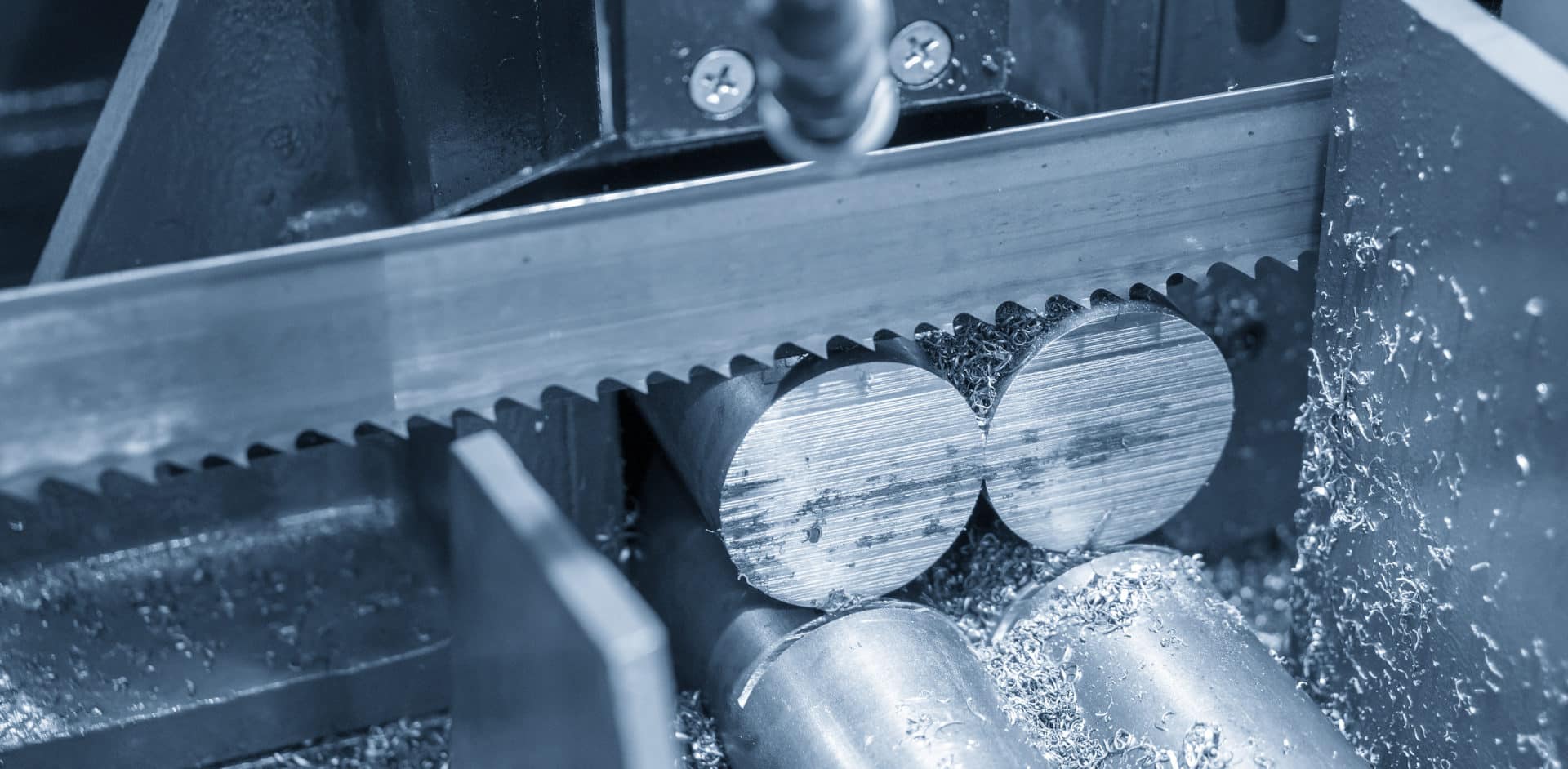
Best Industrial Saws: Top Picks For Maximum Precision
Industrial saws are essential tools in the manufacturing and construction industries, enabling efficient and precise cutting of a variety of materials. From heavy-duty steel beams to delicate woodwork, these powerful machines are designed to meet the demands of high-volume production environments. As technology advances, industrial saws have evolved to offer enhanced features such as improved safety mechanisms, increased cutting speeds, and greater versatility, making them indispensable for professionals seeking efficiency and accuracy in their operations.
This article explores the different types of industrial saws available on the market, including band saws, table saws, and circular saws, highlighting their unique functionalities and applications. We will delve into the factors to consider when selecting an industrial saw for specific tasks, as well as maintenance tips to ensure longevity and optimal performance. Whether you are a seasoned industry professional or a newcomer looking to invest in cutting equipment, understanding the nuances of industrial saws will empower you to make informed decisions that enhance productivity and quality in your projects.
Types of Industrial Saws
Industrial saws come in various types, each tailored for specific cutting tasks and materials. Band saws are ideal for cutting curves and intricate shapes in a range of materials, providing versatility in wood and metal cutting. Table saws, known for their precision, are often preferred for straight cuts, making them a staple in workshops where accuracy is paramount. Circular saws, on the other hand, are favored for their ability to handle large sheets of material quickly and efficiently, catering to high-volume production. Understanding these distinctions allows professionals to select the right saw for their specific applications, ultimately enhancing productivity.

Maintenance and Selection Tips
When investing in industrial saws, it’s essential to consider factors such as the material being cut, the desired precision, and the volume of work. Regular maintenance, including blade sharpening and lubrication, is crucial for the longevity and performance of these machines. Neglecting maintenance can lead to decreased efficiency and increased risk of accidents. For more detailed insights on cost considerations when purchasing an industrial saw, you can visit this website to help guide your investment decisions. By being informed and proactive, users can ensure they select the best tools for their needs while maintaining optimal performance over time.
In conclusion, selecting the right industrial saw and ensuring its upkeep are critical steps for any professional in the manufacturing and construction sectors. Each type of saw, from band and table saws to circular saws, serves unique functions that cater to various skills and material requirements, emphasizing the importance of understanding their specific applications. By investing time in choosing the appropriate saw and adhering to maintenance best practices, users can not only enhance their operational efficiency but also improve safety measures within their work environment. Ultimately, the right industrial saw can significantly impact the quality of work produced, making it a cornerstone tool in achieving success across diverse projects. As technology continues to advance, staying informed about new developments will play a pivotal role in maximizing the potential of these indispensable tools.

